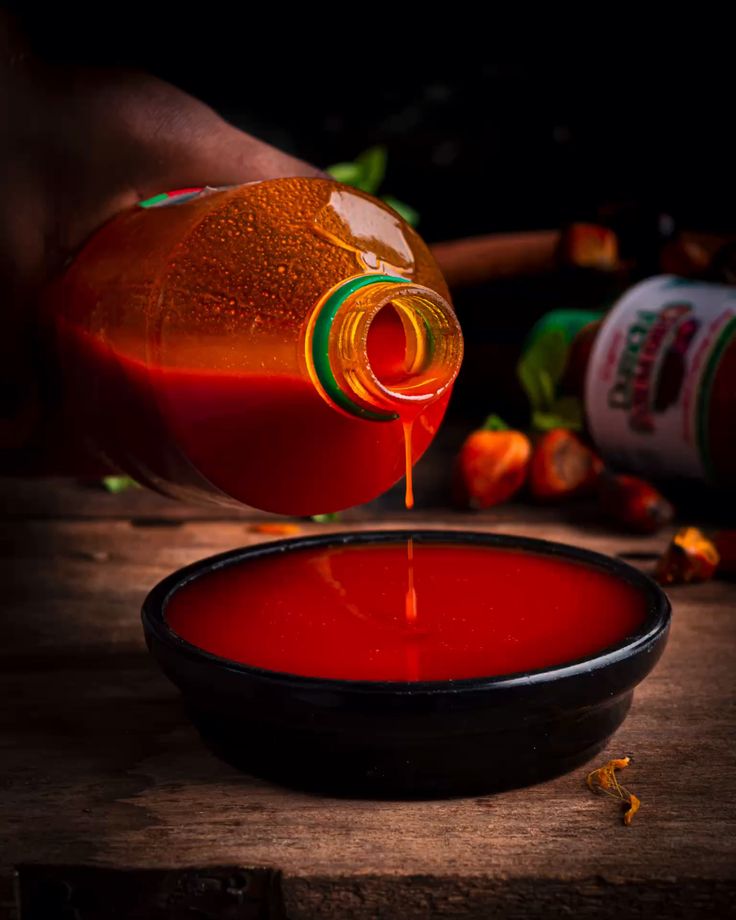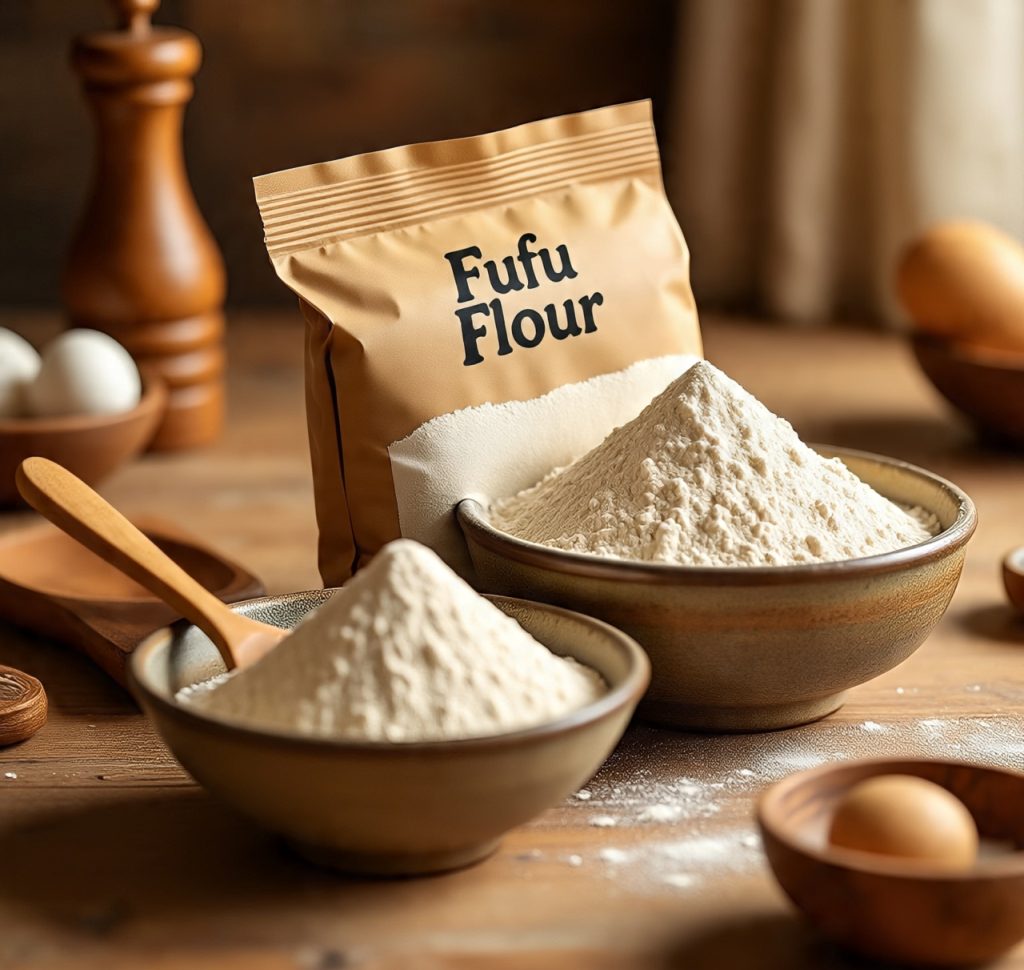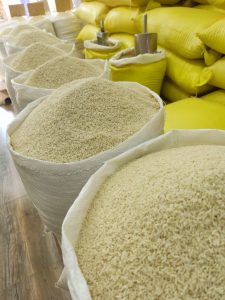 Garri is a granular flour made from fermented, grated, and roasted cassava roots. It is one of the most popular staple foods across West and Central Africa, and its demand has expanded globally due to migration and the growing popularity of African cuisine.
Garri is a granular flour made from fermented, grated, and roasted cassava roots. It is one of the most popular staple foods across West and Central Africa, and its demand has expanded globally due to migration and the growing popularity of African cuisine.
Its long shelf life, easy preparation, and versatility make garri a sought-after commodity for both direct consumption and use in processed food industries. In the diaspora, it is a cultural and comfort food for millions, while also gaining new customers who enjoy its unique taste and texture.
Why Garri is in High Demand
-
Long Shelf Life – Can be stored for months without refrigeration.
-
Easy to Prepare – Simply soaked in water or cooked into eba.
-
Nutritional Value – Rich in carbohydrates, dietary fiber, and essential minerals.
-
Cultural Significance – A staple in African and Caribbean households worldwide.
Common Uses of Garri
-
Eba – Mixed with hot water and eaten with soups and stews.
-
Garri Soaking – Eaten cold with water, sugar, milk, or groundnuts.
-
Confectionery – Used in African snacks and pastries.
-
Industrial Ingredient – Base for cassava-based flour and other processed foods.
Popular Export Types of Garri
-
White Garri – Made from peeled cassava; lighter in color and milder in taste.
-
Yellow Garri – Fried with palm oil, giving it a golden color and richer flavor.
-
Ijebu Garri – Sour-tasting, fine-textured garri, preferred for soaking.
-
Fortified Garri – Enriched with vitamins and minerals for enhanced nutrition.
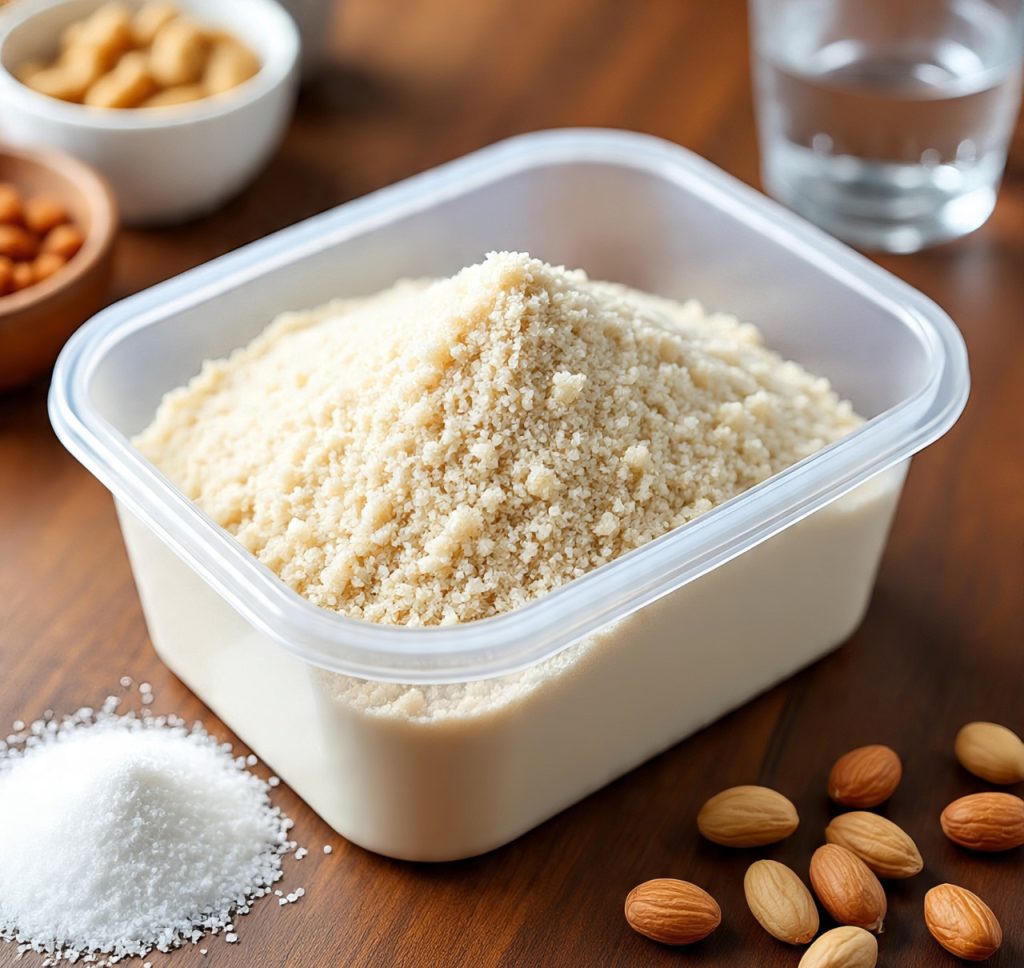
Major Importing Markets
-
North America – USA, Canada (African, Caribbean, and specialty food markets).
-
Europe – UK, Netherlands, Germany, France (ethnic food stores and supermarkets).
-
Middle East – UAE, Saudi Arabia, Qatar (diaspora communities).
-
Asia-Pacific – Australia, Malaysia (ethnic and specialty stores).
Export Processing Steps
-
Cassava Selection – Use healthy, mature roots free from rot.
-
Peeling & Washing – Removing the skin and dirt.
-
Grating & Fermentation – Breaking down the cassava and fermenting for flavor.
-
Pressing – Removing excess water and reducing cyanide content.
-
Sieving – Ensuring uniform grain size.
-
Roasting – Drying over heat to achieve crisp texture.
-
Cooling & Packaging – Packed in moisture-proof bags for export.
Quality Standards & Export Requirements
-
Moisture Content – Ideally below 12% to prevent spoilage.
-
Cyanide Levels – Must be within safe consumption limits.
-
Hygienic Processing – Compliance with HACCP and food safety standards.
-
Packaging – Vacuum-sealed or moisture-proof bags for freshness.
Why Garri Export is Profitable
-
Cultural Loyalty – Diaspora communities buy garri regularly.
-
Low Production Cost – High returns on investment.
-
Expanding Global Awareness – Non-Africans adopting garri as a healthy gluten-free food.
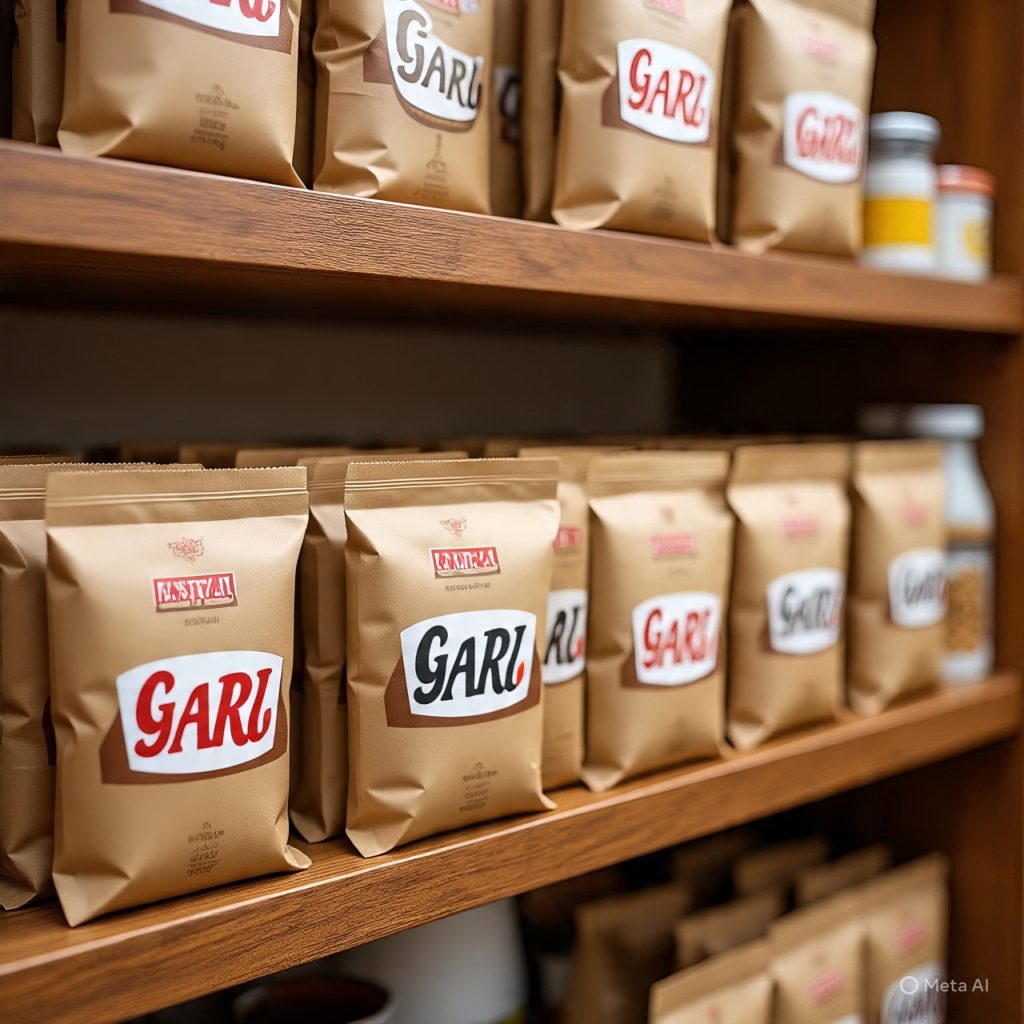
IMEN GREEN GLOBAL LIMITED Advantage
We supply high-quality garri in white, yellow, and Ijebu varieties, processed under strict food safety standards to meet international export requirements.
We offer:
-
Bulk & Retail Packaging.
-
Custom Branding for Buyers.
-
Organic & Fortified Options.
-
Worldwide Delivery with reliable logistics partners.
Conclusion:
Garri is more than just a staple—it’s a cultural treasure with expanding global potential. Exporters who focus on quality processing, safe packaging, and targeted market distribution can build a steady and profitable international customer base.





